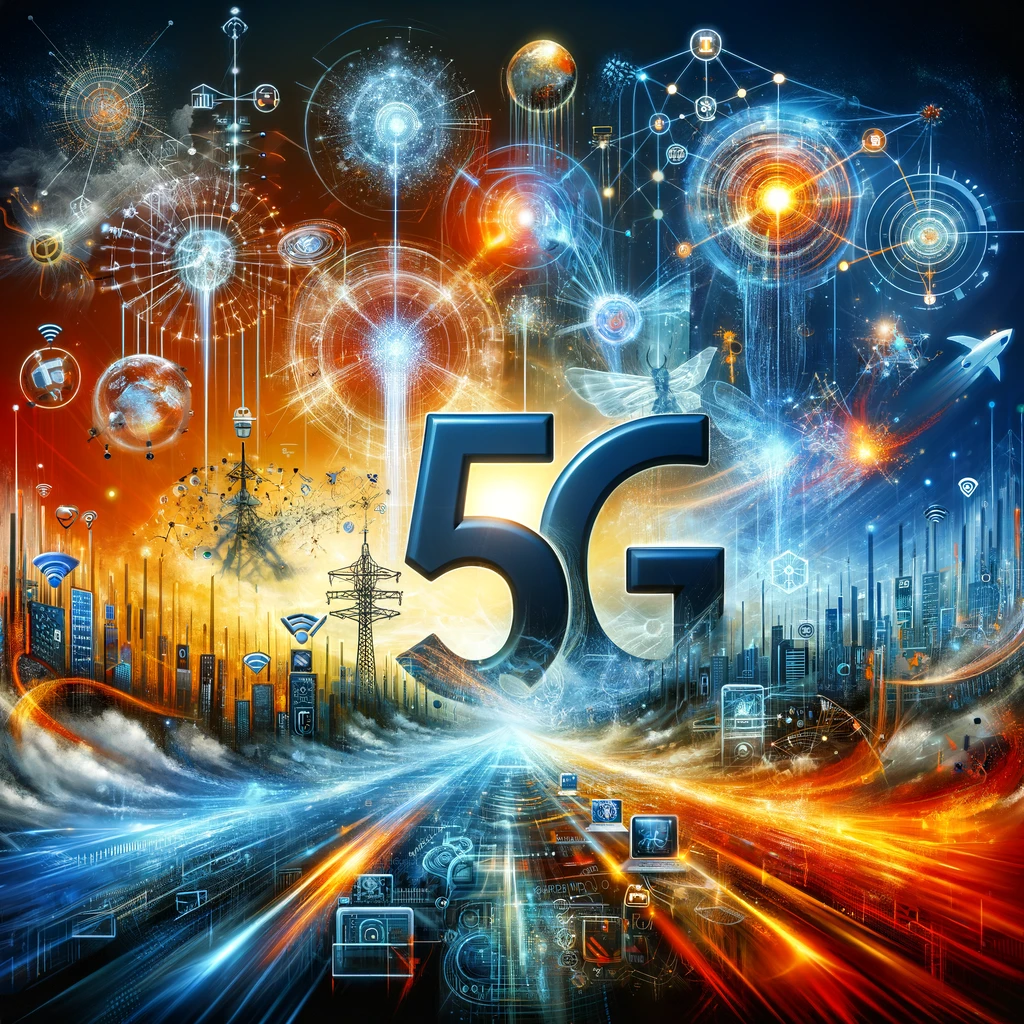The advent of 5G technology is set to revolutionize the digital landscape, bringing unprecedented changes to web design and user experience (UX).
As the fifth generation of mobile network technology, 5G promises faster speeds, lower latency, and more reliable connections, which will significantly impact how websites are designed and interacted with.
This article explores 5G’s effects on web design and UX, guiding designers on creating more immersive, interactive experiences.
Enhanced Speed and Performance of 5G on Web Design
The most immediate impact of 5G on web design is the significant increase in speed and performance it offers.
With 5G, websites and web applications can load almost instantaneously, even those with high-resolution images and videos.
This speed leap enhances user experience, reduces wait times, and opens new possibilities for richer multimedia content.
Designers will have the freedom to create more visually stunning and engaging sites, knowing that load times will no longer be a limiting factor.
More Immersive Experiences with AR and VR
5G’s low latency and high bandwidth make it an ideal enabler for augmented reality (AR) and virtual reality (VR) applications on the web.
These technologies need significant data processing and speed to deliver smooth, immersive experiences, previously hard on mobile networks.
5G allows web designers to more effectively integrate AR and VR, offering users unique, engaging interaction with content.
From virtual try-ons in e-commerce to interactive learning environments, the possibilities are vast and varied.
The Rise of IoT and Connected Experiences
The Internet of Things (IoT) stands to benefit significantly from the rollout of 5G, with more devices than ever able to connect and communicate seamlessly.
For web design, this means a shift towards creating interfaces that integrate and interact with a wide range of devices and sensors.
Moreover, Websites may offer personalized content from user’s smart devices or enable interactions via voice commands or gestures.
Interconnectedness will prompt designers to think beyond traditional interfaces, extending web experiences across multiple devices and platforms.
Challenges and Considerations of 5G on Web Design
While 5G brings many opportunities, it also presents challenges for web designers and developers.
Ensuring compatibility for 5G and non-5G users is crucial as the global 5G rollout will be gradual and vary by location.
Additionally, increased capability for quality content may raise accessibility concerns, requiring designers to ensure universally usable web experiences.
Conclusion
The impact of 5G will transform web design and UX, enabling faster, more immersive, and interconnected web experiences.
On this new era’s brink, web professionals must stay informed, adaptable, and ready to explore 5G’s possibilities.
Embracing changes, designers and developers can pioneer next-gen web experiences that are cutting-edge, accessible, and engaging for all.




